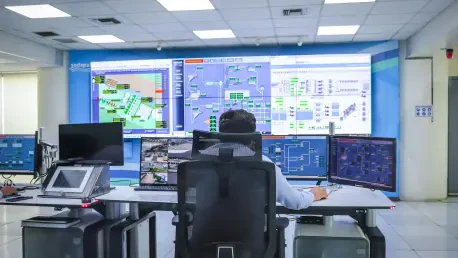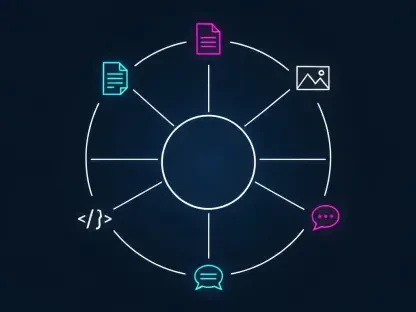In the ever-evolving landscape of technology, Oscar Vail stands out as a beacon of innovation and expertise. With a deep understanding of quantum computing, robotics, and open-source projects, Oscar has positioned himself at the forefront of the industry’s advancements. Today, we delve into the intricacies of data management and monitoring to uncover their pivotal roles in modern digital systems.
Why is data monitoring crucial for large-scale digital systems?
Data monitoring serves as the backbone of large-scale digital systems by providing continuous oversight of operations and spotting potential issues early. Without it, organizations risk facing corrupted results and misleading dashboards. Monitoring ensures reliability and smooth performance, turning potential challenges into actionable insights.
How has the growth of global data impacted monitoring practices?
The exponential increase in data volume necessitates robust monitoring systems. With global data poised to reach stunning heights, organizations must actively manage vast amounts of information to avoid errors and inefficiencies. Effective monitoring practices are critical to maintaining operational integrity and ensuring accurate data flow.
How does the lack of a formal data strategy affect companies?
Absence of a structured data strategy can ground companies in inefficiency, often leaving them reliant on outdated tools and methods. It hampers decision-making by fostering environments where errors proliferate unchecked, and leads to costly cleanup efforts after issues arise. Implementing a strong monitoring strategy enhances management and improves overall operational decision-making.
What risks are associated with over-monitoring?
Over-monitoring can create a counterproductive atmosphere where excessive data leads to misinterpretations and a decline in trust. By focusing too much on minute metrics rather than outcomes, organizations risk alienating employees and eroding morale. It’s crucial to balance oversight with meaningful insight to maintain a supportive work environment.
How can monitoring insights be used to strengthen performance without crossing the line?
Monitoring insights should be viewed as tools for empowerment rather than surveillance. Adding context to every metric ensures that data drives improvement rather than control. Transparency, facilitated by remote work tracking tools, fosters accountability and lets individuals own their performance, enhancing both morale and results.
What are the benefits of focusing on outcomes rather than surveillance?
Emphasizing outcomes over surveillance allows organizations to leverage monitoring data to track results effectively. This shift from tracking activity alone to understanding what drives success encourages a healthier work culture. Work monitoring platforms build outcome-based coaching, enabling teams to focus on what genuinely impacts their work.
How can monitoring software personalize performance standards?
Monitoring software can uncover patterns that highlight role-specific productivity drivers. By understanding individual workflows, organizations can tailor performance standards to suit each role, fostering personalized growth and optimal efficiency. This nuanced approach aligns expectations with actual work demands, supporting authentic success.
How do modern monitoring tools support smarter decisions and stronger team performance?
By offering features such as productivity trend dashboards and real-time activity insights, modern monitoring tools provide exceptional clarity into work patterns. These tools empower teams to make informed decisions, respecting privacy while fostering a productive atmosphere that accommodates individual work styles.
How can organizations ensure that monitoring empowers rather than intimidates employees?
Creating a trust-based monitoring approach is key. When organizations focus on empowering smarter work rather than imposing stricter controls, employees feel supported rather than scrutinized. This shifts the narrative towards enhancing remote team performance through collaboration and trust, ultimately leading to a more harmonious and efficient work environment.
Do you have any advice for our readers?
Embrace monitoring as a tool for empowerment. Strive to understand how insights and context can drive meaningful improvements, and always aim to prioritize trust and transparency. By doing so, data becomes not just a resource for accountability but also a catalyst for genuine growth and transformation.









